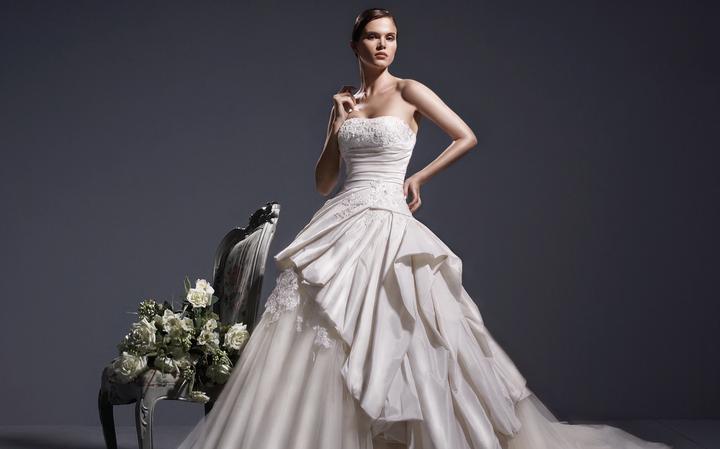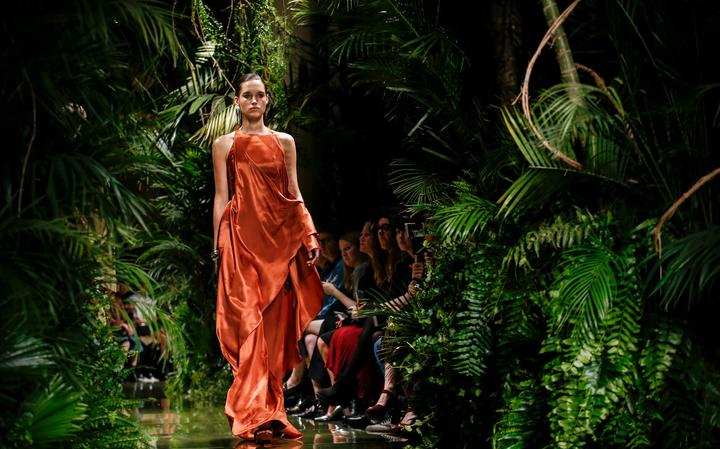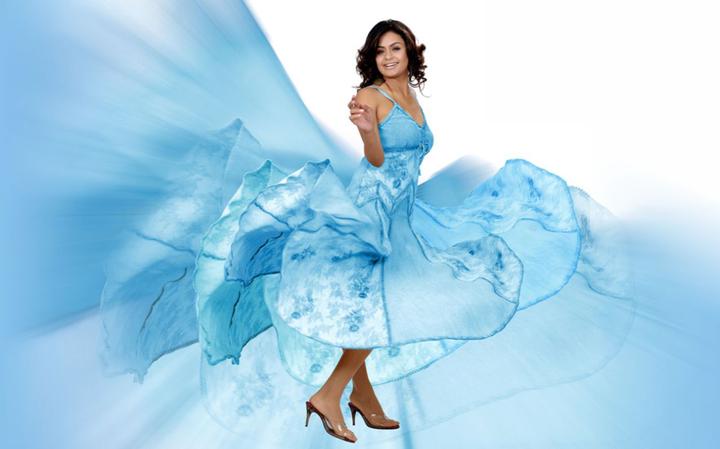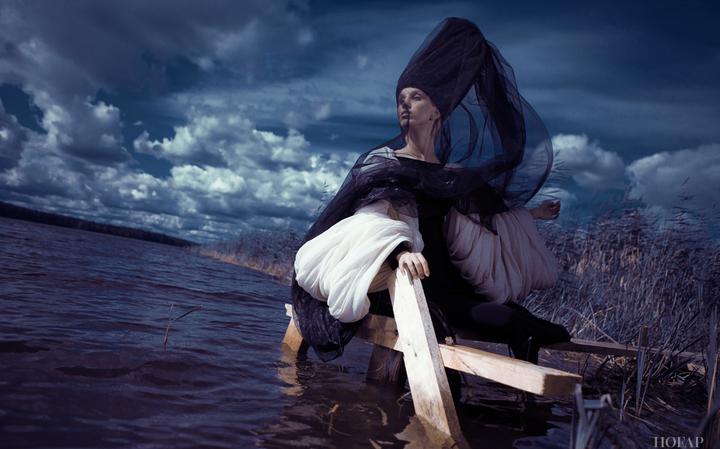The Technology of the Fashion industryaut-tech

Early Western travellers who visited India, Persia, Turkey, or China, would frequently remark on the absence of change in fashion in those countries.
Fashion is a term used interchangeably to describe the creation of clothing, footwear, accessories, cosmetics, and jewellery of different cultural aesthetics and their mix and match into outfits that depict distinctive ways of dressing (styles and trends) as signifiers of social status, self-expression, and group belonging. As a multifaceted term, fashion describes an industry, styles, aesthetics, and trends.
The term ‘fashion’ originates from the Latin word ‘Facere,’ which means ‘to make,’ and describes the manufacturing, mixing, and wearing of outfits adorned with specific cultural aesthetics, patterns, motifs, shapes, and cuts, allowing people to showcase their group belonging, values, meanings, beliefs, and ways of life. Given the rise in mass production of commodities and clothing at lower prices and global reach, reducing fashion’s environmental impact and improving sustainability has become an urgent issue among politicians, brands, and consumers.
The French word mode, meaning “fashion”, dates as far back as 1482, while the English word denoting something “in style” dates only to the 16th century. Other words exist related to concepts of style and appeal that precede mode. In the 12th and 13th century Old French the concept of elegance begins to appear in the context of aristocratic preferences to enhance beauty and display refinement, and cointerie, the idea of making oneself more attractive to others by style or artifice in grooming and dress, appears in a 13th-century poem by Guillaume de Lorris advising men that “handsome clothes and handsome accessories improve a man a great deal”. Fashion scholar Susan B. Kaiser states that everyone is “forced to appear”, unmediated before others. Everyone is evaluated by their attire, and evaluation includes the consideration of colors, materials, silhouette, and how garments appear on the body.
Fashion is defined in a number of different ways, and its application can be sometimes unclear. Though the term fashion connotes difference, as in “the new fashions of the season”, it can also connote sameness, for example in reference to “the fashions of the 1960s”, implying a general uniformity. Fashion can signify the latest trends, but may often reference fashions of a previous era, leading to the reappearance of fashions from a different time period. While what is fashionable can be defined by a relatively insular, esteemed and often rich aesthetic elite who make a look exclusive, such as fashion houses and haute couturiers, this ‘look’ is often designed by pulling references from subcultures and social groups who are not considered elite, and are thus excluded from making the distinction of what is fashion themselves.



